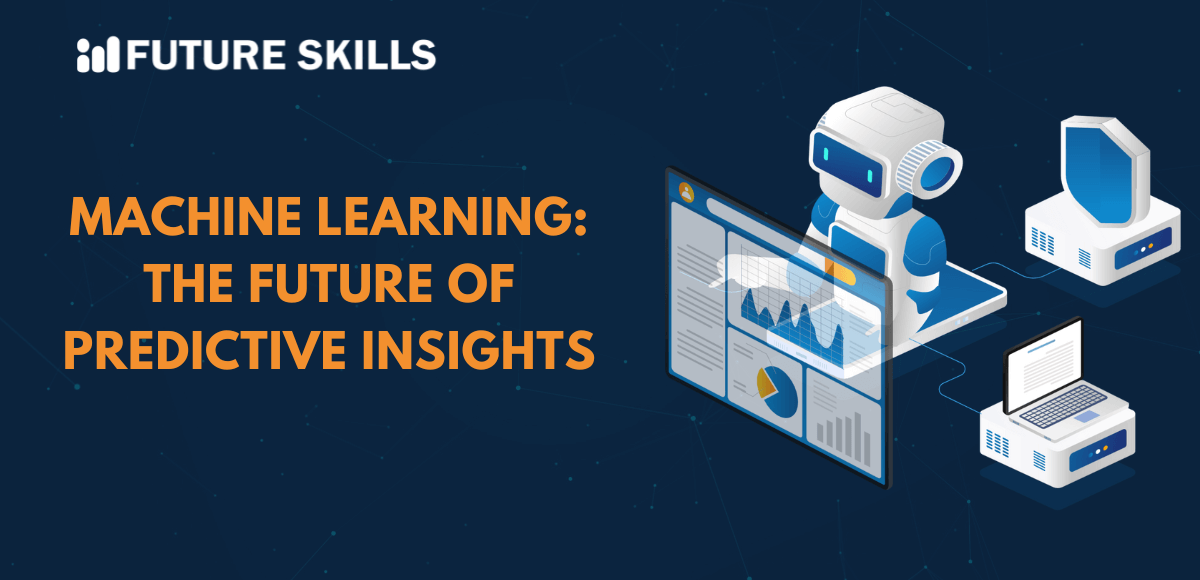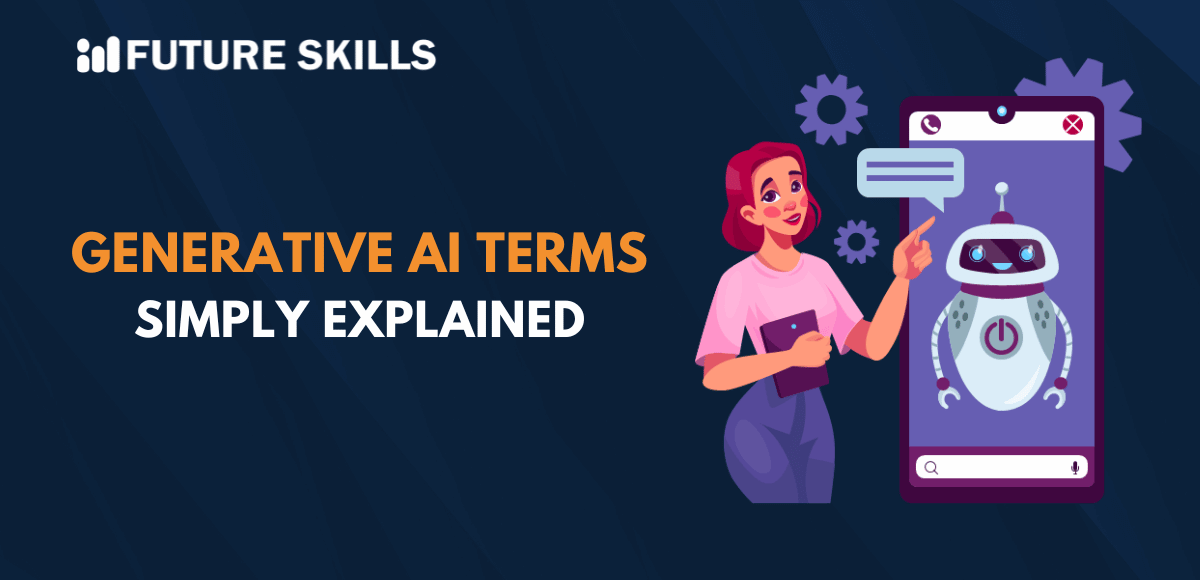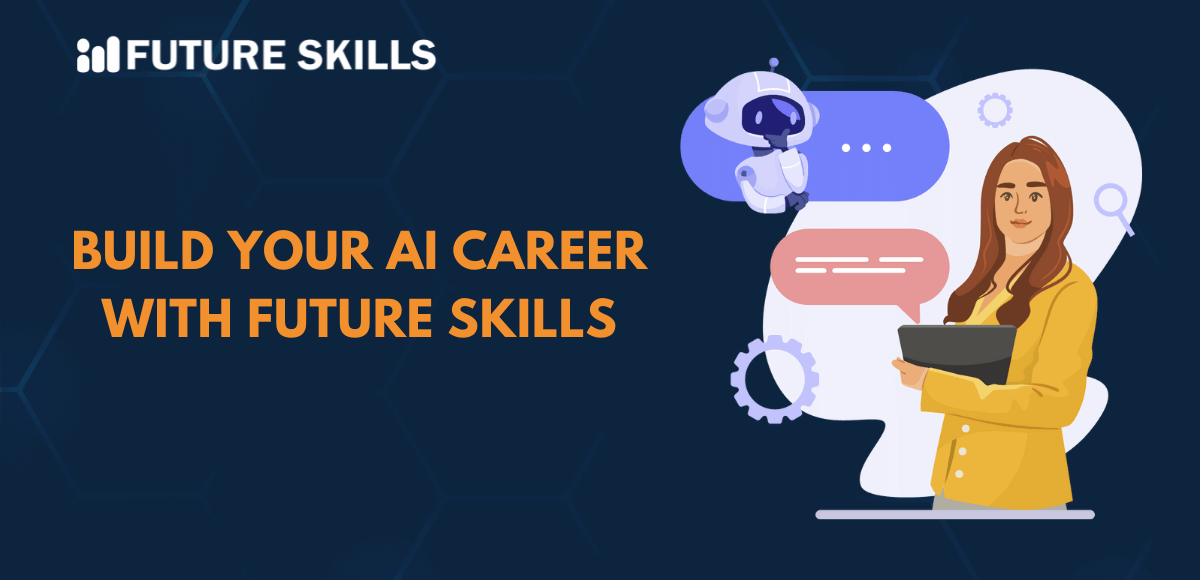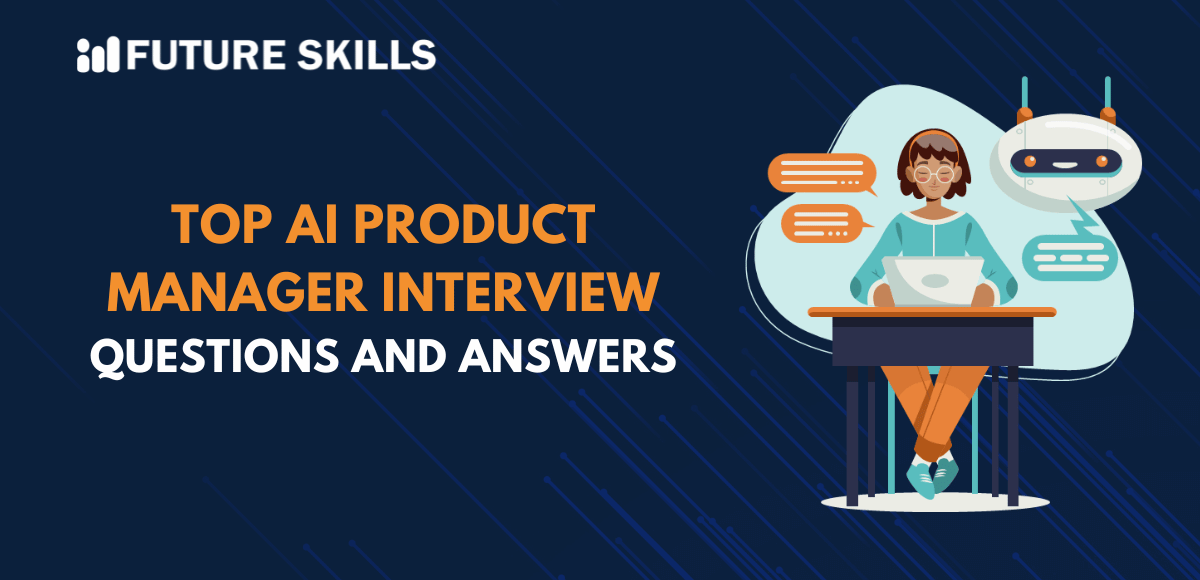Predictive analytics showed the world how to use data to predict the future and answer some important questions. Business organizations can predict how much profit they will make or how many products they will sell in the next six months. The introduction of machine learning in predictive analytics has revolutionized the powerful technique used to predict the future. Machine learning models can use historical data and data obtained from descriptive analytics to obtain more accurate predictions. Let us learn more about the different ways in which machine learning can enhance predictive analytics.
Become an AI professional with our Prompt Engineering Certification Program and achieve fluency in advanced techniques of Prompt Engineering.
Understanding the Impact of Machine Learning on Predictive Analytics
The combination of machine learning and predictive analytics can help businesses capitalize on the true potential of their data. The combination can help in extracting valuable insights and forecasting future trends that offer a competitive advantage to business organizations. Most of the answers to queries like ‘How to use ML for predictive analytics?’ reflect on the use of machine learning for developing accurate predictive models. Machine learning has the capability to enhance predictive analytics through conversion of raw data into valuable insights.
The implementation of ML in predictive analytics focuses on using machine learning models for automation and improvement of data analysis processes. Machine learning algorithms can process massive amounts of data accurately within few seconds to discover patterns and insights. Businesses can gain more comprehensive insights to improve predictive analytics that results in smarter decision-making.
Important Machine Learning Techniques for Predictive Analytics
You must understand the value of different machine learning techniques for predictive analytics to make the most of their combination. It is important to learn about the ML techniques that you can apply in predictive analytics and their unique implications. The methodologies offer a strong foundation to use machine learning for predictive analytics with the assurance of better accuracy and unique applications. The common ML techniques used in predictive analytics are supervised learning, unsupervised learning and reinforcement learning.
-
Supervised Learning
Supervised learning involves learning from labeled training datasets with an error function guiding the learning process. The process is almost similar to a student learning under the guidance of a teacher. Supervised learning algorithms come up with predictions and the training data recommends corrections in an iterative process that help the algorithm make accurate predictions in future.
One of the foremost reasons to embrace supervised learning in predictive analytics is the use of labeled data. You can use supervised machine learning to use historical data for predicting future outcomes. Supervised learning is the ideal ML technique for predictive analytics in domains where you need future predictions from historical data.
-
Unsupervised Learning
Unsupervised learning techniques focus on using unlabeled data. The algorithm would have to discover the underlying distribution or structure in the data on its own. The applications of unsupervised machine learning in prediction tasks are more effective when you have to find hidden patterns. Businesses can use unsupervised machine learning for predictive analytics in anomaly detection, customer segmentation and market segmentation.
Unsupervised learning offers the assurance of effectiveness in identifying groups or segments in the data that offer valuable insights. You can identify purchasing groups in a specific customer base or detect fraudulent transactions with unsupervised learning in predictive analytics.
-
Reinforcement Learning
Another important machine learning technique that affects predictive analytics is reinforcement learning. Data analysts can use reinforcement learning to create models that use a reward-based system to improve accuracy of predictions. Reinforcement learning algorithms learn to make decisions through a trial and error approach. Businesses can use reinforcement learning techniques for predictive analytics in scenarios that require interaction between an agent and its environment.
Discovering the Primary Applications of ML in Predictive Analytics
The review of machine learning techniques can only show the different scenarios in which ML can support predictive analytics. You must also know about the different applications of machine learning techniques in predictive analytics to understand the significance of ML-powered predictive analytics for businesses. The following applications of machine learning can help you understand how it will enhance the value of predictive analytics for different tasks.
-
Demand Forecasting
The most prominent application of ML in predictive analytics for business is demand forecasting. It is one of the best machine learning prediction examples that draws predictions on future customer demand for certain products and services. Demand forecasting emerges as a useful solution for production planning, revenue prediction and inventory management.
Machine learning models have the capability to go through massive collections of historical data and consider different factors to make predictions. ML models can emphasize aspects such as market trends, seasonal trends and past sales data in predictive analytics tasks. On top of it, ML models also support the use of techniques such as regression analysis and time series forecasting to offer accurate forecasts.
-
Predicting Customer Churn
Machine learning can enhance predictive analytics to calculate customer churn expected in the future. Companies can draw better predictions for customer churn to determine the likelihood of customers moving away from their business. The use of machine learning in predictive analytics to predict customer churn can help companies implement some steps to retain their customers.
Machine learning techniques can analyze patterns in customer behavior and usage data alongside other factors to predict customer churn rates. The most effective ML technique for customer churn prediction is logistic regression. Logistic regression can determine the possibilities of a customer leaving by fitting data in a logistic curve. You can also use decision trees for modeling customer behavior and distinct outcomes in various cases.
-
Detecting Fraudulent Transactions
The responses to questions like ‘How to use ML for predictive analytics?’ also draw attention towards fraud detection applications. Fraud detection is an essential priority for businesses and customers in the age of digital transactions. The applications of ML in predictive analytics can support identification and prevention of fraudulent activities.
Supervised learning algorithms can use historical transaction data to identify common patterns in fraudulent transactions. On the other hand, unsupervised learning algorithms can help with detection of anomalies and unusual behavior, generally associated with fraud. Some companies have successfully used machine learning to learn complex patterns and relationships in transaction data for fighting against credit card fraud.
Utilize the full potential of AI and take your business to new heights of success with our in-demand AI for Business Course. Enroll today!
Finding the Perfect Path to Implement ML in Predictive Analytics
You can make the most of the combination of machine learning and predictive analytics by following some best practices. The ideal best practices that you can use to implement ML in predictive analytics focus on data preprocessing, model selection and flexibility to understand the working of models. The following best practices can help you tap into the full potential of machine learning techniques for predictive analytics tasks.
-
Data Preprocessing
Any machine learning project would involve data preprocessing or preparation of data for analysis. You can also think of different applications of machine learning in prediction tasks that require feature selection. Before you run a machine learning model, you must clean, transform and process the data. On the other hand, feature selection involves choosing the relevant variables that can help you draw predictions. You can rely on techniques like recursive feature elimination, correlation analysis and backward elimination to achieve better feature selection.
-
Model Selection and Assessment
The machine learning model you choose for predictive analytics tasks will have a formidable influence on accuracy. You can find different strengths and weaknesses in each machine learning model. The ideal recommendation to choose ML models for predictive analytics involves selecting models that align with your data and business problem.
Once you have selected the machine learning model, you must use the relevant metrics to determine its performance. Some of the common metrics used for model evaluation include Mean Squared Error, Mean Absolute Error, Recall, F1-Score, and Precision. You can also use cross-validation techniques for measuring the performance of ML models on unseen data.
-
Understanding the Working Mechanism of Models
The final aspect that you need to check before implementing machine learning models in predictive analytics is the interpretability of the models. You should understand the decision making process of the model to know how it draws predictions. Better understanding of the model’s working mechanism and factors that influence its predictions can help in refining the insights and making smarter business decisions.
The use of machine learning for predictive analytics can lead to the development of more effective and accurate prediction models. With special attention to the best practices, data analysts and engineers can find their way through the complex maze of predictive analytics.
Grab the opportunity to become a professional ChatGPT expert with our one-of-a-kind Certified ChatGPT Professional (CCGP)™ Course.
Final Thoughts
The applications of machine learning can improve predictive analytics with advantages in some key areas. One of the most noticeable areas in which machine learning improves predictive analytics is the ability to turn raw data into actionable insights. You can create efficient and accurate prediction models with the help of different machine learning techniques. The effectiveness of ML techniques in different scenarios showcases the need to pay attention to the working of each technique in predictive analytics tasks. Learn more about the steps to incorporate ML in predictive analytics and how to overcome the challenges right now.







